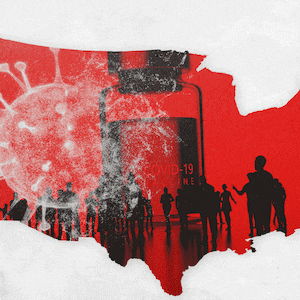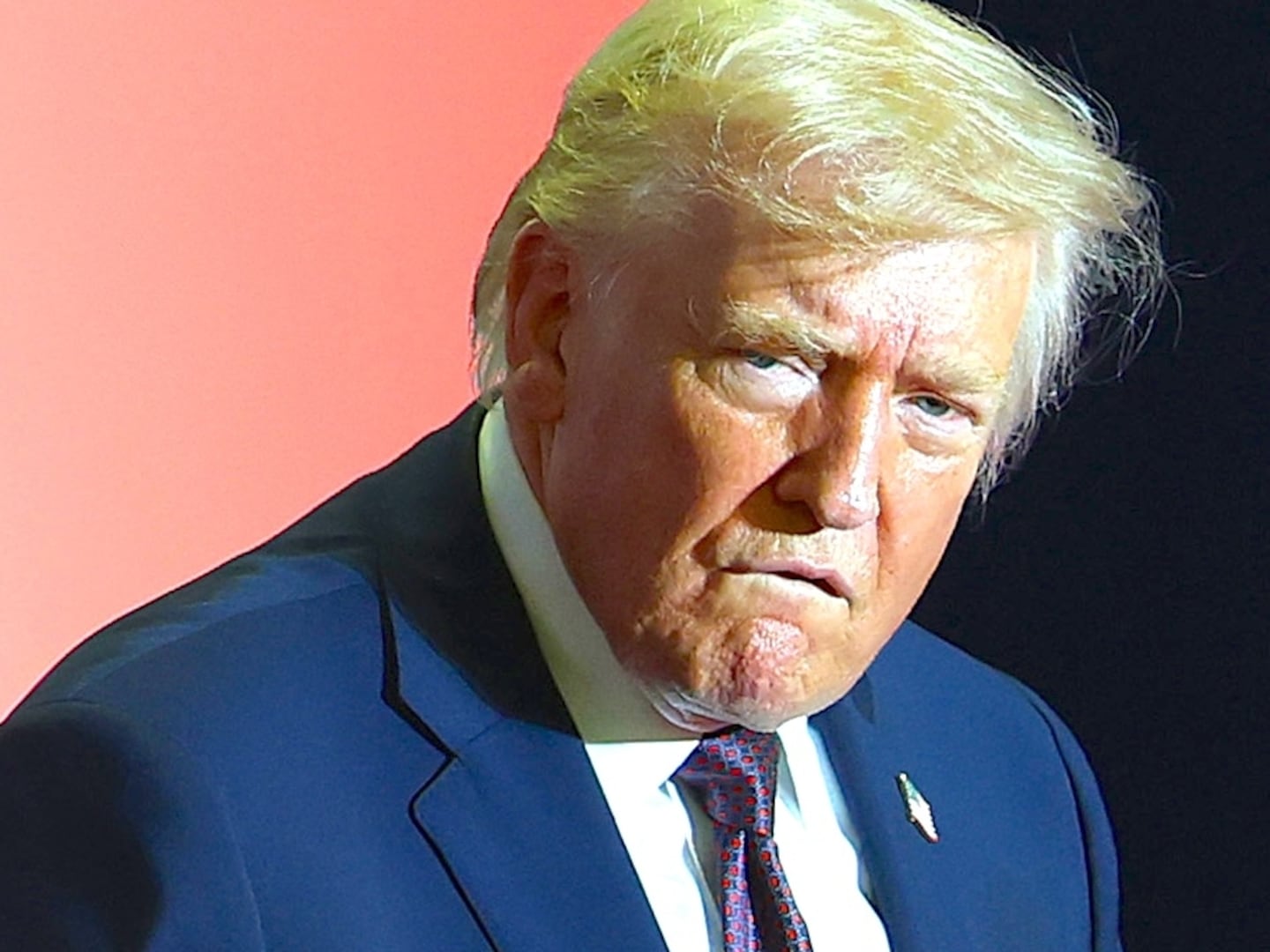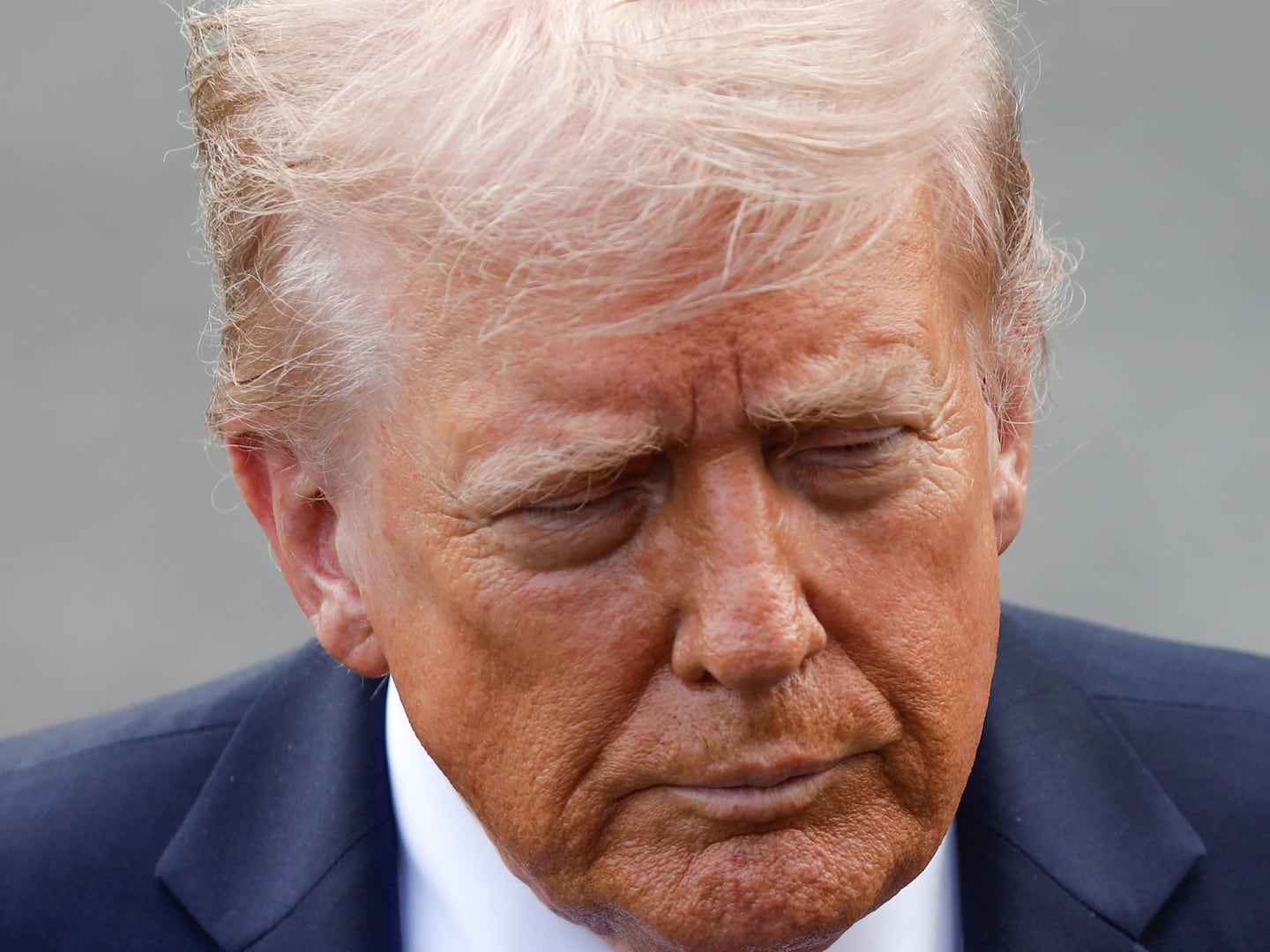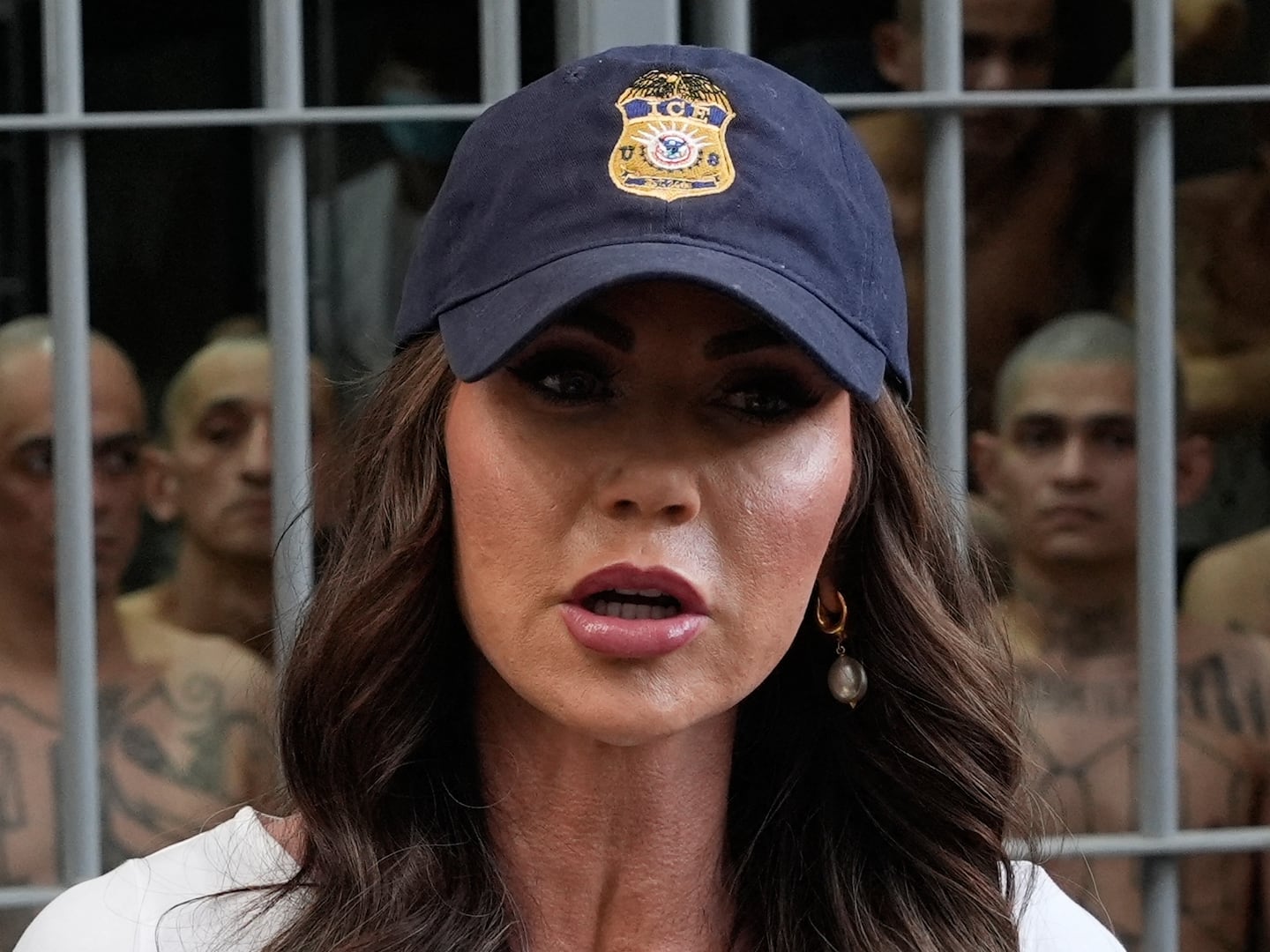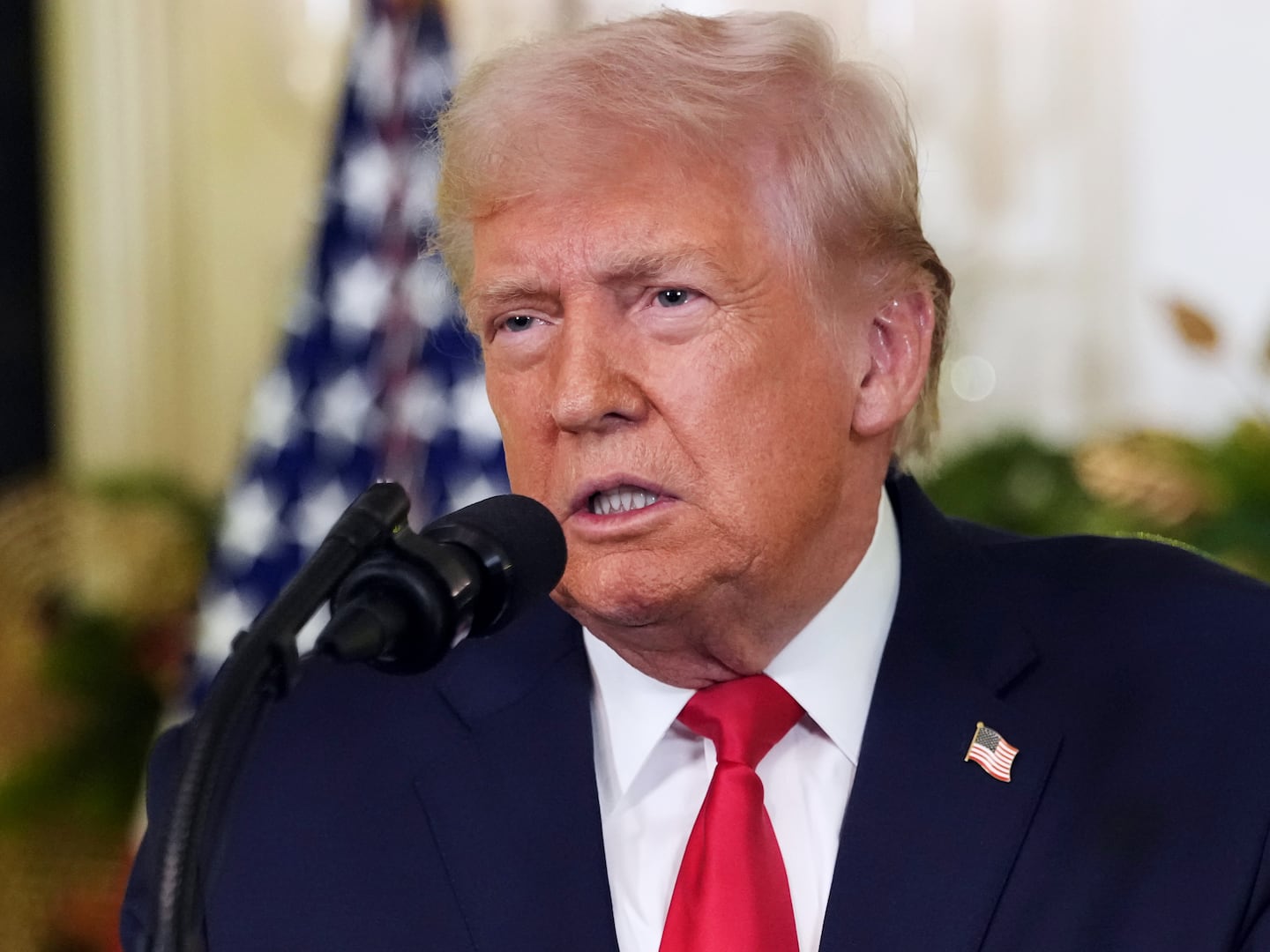The U.S. Food and Drug Administration has granted emergency-use authorization to two prescription COVID pills that patients with mild-to-moderate infections can take at home and that, to varying degrees, can prevent the worst outcomes. Serious illness. Hospitalization. Death.
Doctors were counting on the new pills, from New Jersey pharma Merck and Pfizer in New York, to help keep people out of hospitals as the Delta and Omicron lineages of the SARS-CoV-2 drive back-to-back waves of infections.
But there are signs the Merck and Pfizer pills won’t be as safe, effective and widely available as some initially thought they might be. “They may not be the panacea we hoped,” Irwin Redlener, the founding director of Columbia University’s National Center for Disaster Preparedness, told The Daily Beast.
The pills certainly aren’t a substitute for the vaccines that are still the best protection against COVID.
Merck’s pill, which contains the drug molnupiravir, isn’t nearly as effective as the company initially claimed it would be, and it also poses some safety risks. Paxlovid, from Pfizer, is safer and a lot more effective, but supplies are limited and experts warn the U.S. government isn’t taking all the steps it can to boost production.
Plus, both pills only work if the patient takes them within five days of their first symptoms. That’s a prohibitively short window in a country where COVID testing is still inadequate. Many people won’t know they’re infected in time to get a prescription and start taking the pills. “A lot of people don’t get tested right away,” Redlener said. “If you don’t catch it early, three to five days, these pills won’t help you.”
The FDA authorized the Pfizer drug last Wednesday and the Merck one on Thursday. The agency cleared the Pfizer pill for patients ages 12 and up, and the Merck pill for adults at least 18 years old.
Merck recommends people swallow four 200-milligram molnupiravir capsules every 12 hours for five days, for a total of 40 capsules. Pfizer’s paxlovid is administered as three tablets—two 150-milligram tablets of nirmatrelvir and one 100-milligram tablet of ritonavir—taken together twice a day for five days.
Molnupiravir works by altering the SARS-CoV-2 virus’s genes and disrupting its reproduction. Paxlovid also hinders viral reproduction, by binding the virus with an enzyme.
The pills aren’t cheap. A course of paxlovid costs around $500. A molnupiravir course could set you back $700. But most Americans should be able to get either pill for free. Many insurance plans cover them. And the federal government has stepped in to purchase the pills for the uninsured.
The Biden administration so far has spent $7.5 billion securing 10 million regimens of paxlovid and three million of molnupiravir, a Department of Health and Human Services told The Daily Beast.
Through next year, Pfizer aims to manufacture enough paxlovid for 120 million people. Merck’s production goal is 30 million courses through the end of next year. Those 150 million regimens are for the whole world, however. They won’t stretch very far—not when the U.S. alone registered 540,000 new COVID infections on Monday.
And it’s not like every course of treatment will cure a patient. While paxlovid is around 88 percent effective at preventing death, molnupiravir is a lot less effective. Early trial results seemed to indicate the drug might reduce deaths by half.
After further analysis, Merck acknowledged that even that was optimistic. The final data points to molnupiravir reducing deaths by just a third. “Thirty percent isn’t super, but if it means preventing almost one-third of hospitalizations, that’s still rather important,” Otto Yang, an expert in infectious diseases at UCLA, told The Daily Beast.
But there are also safety risks with molnupiravir. Because it works by altering a virus’s genes, there’s a chance the drug might also cause dangerous mutations in a patient’s healthy cells.
Redlener pointed out that the FDA panel that voted in favor of authorization for molnupiravir did so reluctantly. Ten of the panel’s 23 members actually voted against authorization. “That’s a lot of not-in-favor [votes],” Redlener said. “Even some people who voted for it had reservations.”
Because of its enzyme-binding mechanism, paxlovid doesn’t carry the same risk. Molnupiravir clearly is the inferior drug. That doesn’t mean it’s useless. But it does mean doctors might prefer to prescribe paxlovid. “Pfizer’s pill… is looking more promising,” Leila Hojat, an expert in infectious diseases at University Hospitals in Cleveland, told The Daily Beast.
Owing to tight supplies of paxlovid, however, many doctors might not have a choice. If they want to treat a mild COVID infection without admitting the patient to a hospital, molnupiravir could end up being the only available option in a lot of cases. “Something is probably better than nothing,” Hojat said.
The likely paxlovid shortage isn’t inevitable. The Biden administration could massively boost supply by applying the Defense Production Act, a 1950 law that gives the feds broad control over certain private industries. The DPA gives the government the authority to dictate what products a company produces and the flexibility to finance that production.
Biden “absolutely should” invoke the DPA for paxlovid, Lawrence Gostin, a Georgetown University global-health expert, told The Daily Beast.
The move wouldn’t be without precedent. The administration of Donald Trump invoked the DPA to boost production of masks and ventilators. Earlier this year the Biden administration expanded that DPA authority to boost output of COVID test kits. Last Tuesday, Biden pledged to continue using the law for this purpose.
There’s no legal reason the White House can’t invoke the DPA to massively expand paxlovid manufacturing. Folding the drug into the feds’ DPA authority just requires the political will to inject the federal government into the daily operations of the wealthy and powerful pharmaceutical industry.
The administration should appreciate how few options it has as the pandemic enters its third year and new variants, entrenched anti-vax attitudes and the imperative to keep schools and businesses open together leave huge swathes of the population vulnerable, Gostin said. “We have to pivot from preventing cases to preventing serious disease, hospitals being overwhelmed and deaths.”
“But we only have two tools,” Gostin added. “One is a boosted, vaccinated population and the other is a readily accessible and effective antiviral treatment which can be taken at home.”


